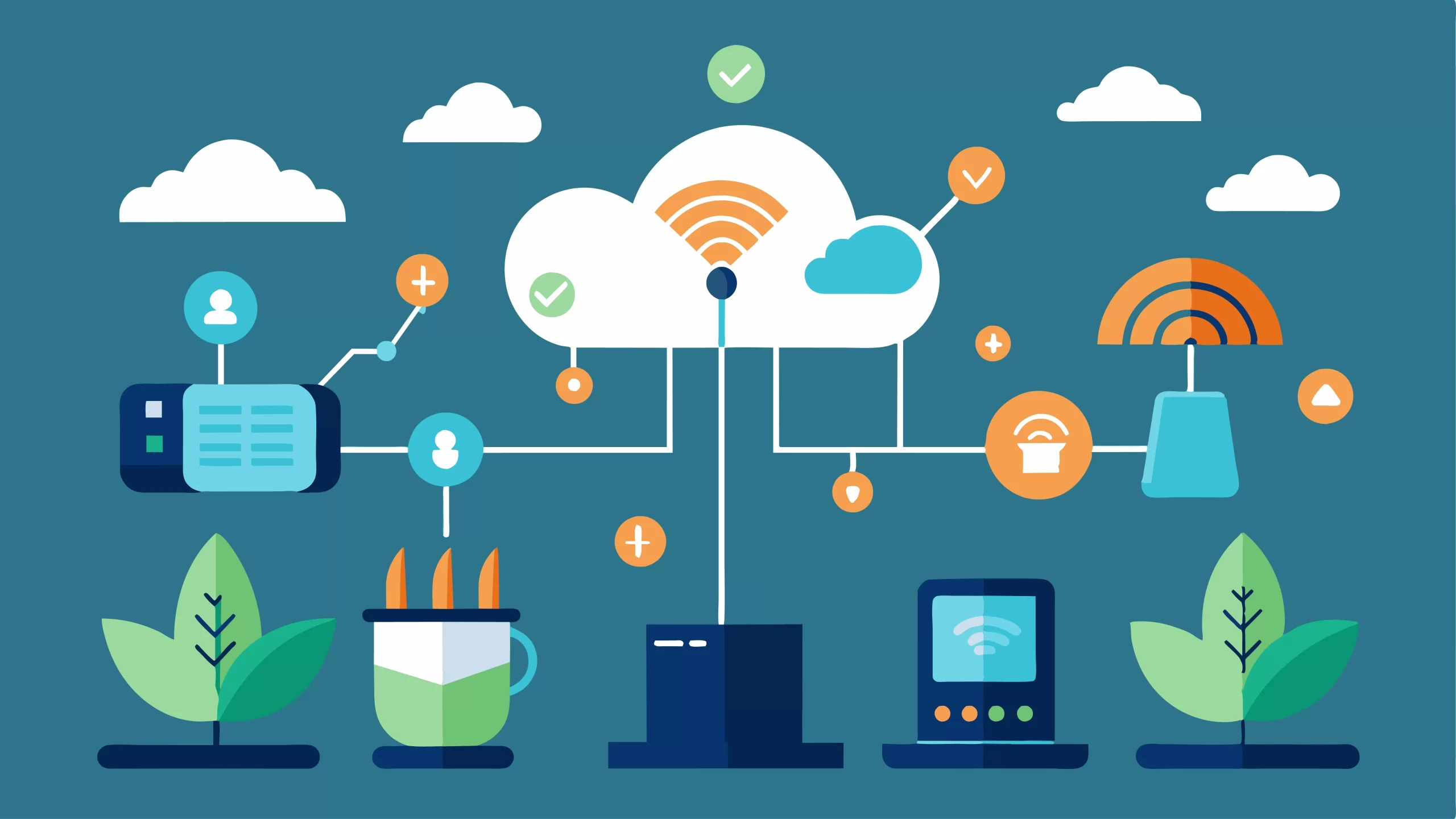EAI in 2024 and Beyond
Author: Inza Khan
11 July, 2024
The future of Enterprise Application Integration (EAI) is set for significant changes driven by new technologies and evolving business needs. Here, we explore the key trends and predictions that will shape the future of EAI.
The Evolution of Enterprise Application Integration
Initially, EAI focused on connecting basic enterprise systems like CRM and ERP to improve data sharing and process efficiency. As businesses grew and technology advanced, EAI’s scope and complexity expanded significantly.
By 2024, Enterprise Application Integration (EAI) has evolved to integrate systems within organizations and extend to external business partners and cloud-based services. This change was driven by technologies such as cloud computing, big data analytics, artificial intelligence (AI), and the Internet of Things (IoT). These technologies have made EAI more dynamic and capable of handling complex, data-intensive processes.
Key developments in EAI include moving from on-premises to cloud-based integration, adopting service-oriented architecture (SOA), and using APIs (Application Programming Interfaces) as a standard for integration. These developments have transformed EAI from a rigid, linear process to a more flexible, modular approach that meets the diverse needs of modern businesses.

Future Trends of Enterprise Application Integration
IoT Devices Integration
The increasing use of IoT devices across various industries requires robust EAI solutions to handle the vast amounts of data generated by these devices. Future EAI platforms will evolve to accommodate the integration of IoT devices, enabling real-time data exchange and connectivity between enterprise systems and IoT ecosystems. This integration will unlock new opportunities for businesses to leverage IoT, driving innovation and operational efficiency.
For instance, in the healthcare sector, IoT devices such as wearable fitness trackers and remote monitoring systems generate vast amounts of patient data. Integrating these devices with healthcare management systems through EAI enables real-time monitoring, early detection of health issues, and personalized treatment plans.
Cloud-based Integration Solutions
Cloud computing is changing how businesses operate, and EAI is no exception. The future will see more adoption of cloud-based integration solutions, offering scalability, flexibility, and cost savings. These solutions will enable seamless connectivity between applications and systems across different environments and locations, ensuring real-time data synchronization and improved operational efficiency.
For example, Netflix uses cloud-based integration to manage its vast content delivery network, ensuring smooth streaming services to millions of users worldwide. By leveraging cloud platforms like AWS, Netflix can dynamically scale its infrastructure based on demand, providing uninterrupted service.
Hybrid Integration Architectures
As companies use both on-premises and cloud-based applications, hybrid integration platforms (HIPs) will become more common. These platforms provide a unified approach to integrate and manage data and processes across different systems, ensuring interoperability and flexibility. This trend will help businesses achieve a holistic view of their operations and streamline their workflows.
For instance, a manufacturing company might use a hybrid integration platform to connect its on-premises ERP system with a cloud-based CRM solution, enabling real-time visibility into customer orders and inventory levels. This integration allows for more efficient production planning and improved customer service.
Low-code and No-code Integration Platforms
The demand for agility and faster time-to-market is driving the adoption of low-code and no-code integration platforms. These platforms enable business users and non-technical staff to build and manage integrations with minimal coding, reducing dependency on IT resources. Low-code/no-code solutions will democratize integration capabilities, empowering users to create integrations quickly and accelerate innovation.
For instance, platforms like Microsoft Power Automate allow users to create automated workflows between their favorite apps and services with minimal coding knowledge. This capability enables business users to streamline processes, such as automatically saving email attachments to cloud storage or posting social media updates based on calendar events.
Microservices Integration
Microservices architecture, with its modular and decoupled approach, will significantly influence the future of EAI. Organizations will adopt microservices-based integration to achieve better scalability, flexibility, and reusability of integration components. This approach will enable faster development and deployment of integration solutions, allowing businesses to respond quickly to market changes and customer needs.
For example, Amazon has adopted a microservices architecture for its e-commerce platform, allowing different teams to develop, deploy, and scale components independently. This modular approach enables Amazon to innovate rapidly, improve site performance, and enhance the customer experience.
Event-driven Integration Architectures
Traditional batch processing methods are being replaced by event-driven architectures (EDA), enabling real-time integration and response. EDA allows organizations to react quickly to changing business conditions, trigger actions based on events, and enable agile operations. Event-driven EAI will support real-time analytics, dynamic workflows, and instantaneous decision-making, driving greater agility and competitiveness.
For instance, Uber uses event-driven architecture to match riders with drivers in real time. When a user requests a ride, an event is triggered, and the system instantly processes the request, identifies nearby drivers, and provides estimated arrival times. This real-time integration ensures a smooth and efficient ride-hailing experience.
Conclusion
Enterprise Application Integration (EAI) will continue to evolve, shifting from traditional, on-premises systems to dynamic, cloud-based, and hybrid solutions. Businesses can expect a more connected and agile environment, where real-time data exchange and seamless interoperability between systems become standard. Companies that embrace these EAI advancements will be well-positioned to remain competitive and responsive to market demands.
Xorbix Technologies is at the forefront of these EAI advancements, offering comprehensive services to meet your integration needs. Our expert team uses the latest technologies and best practices to design and implement EAI solutions. Whether you need to integrate on-premises systems with cloud-based applications, streamline IoT device data, or adopt microservices and event-driven architectures, Xorbix Technologies has the expertise to help you achieve seamless integration and maximize your business potential.




